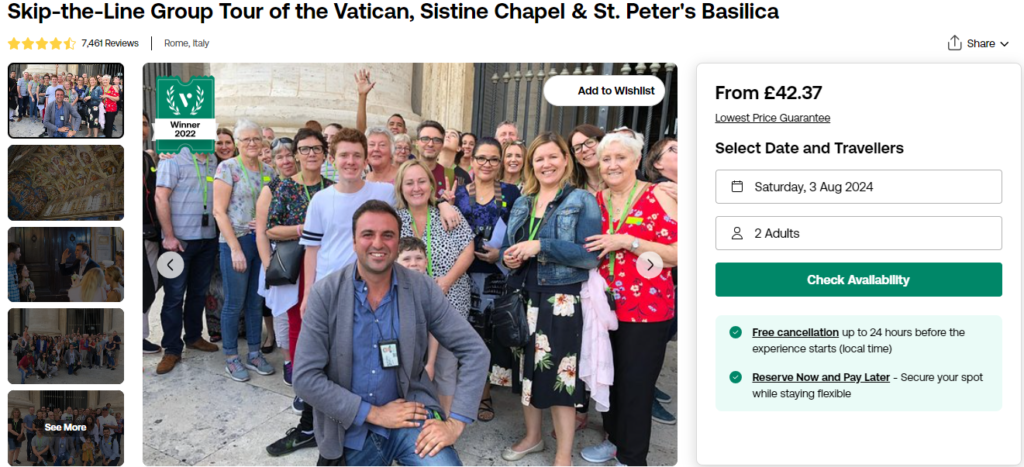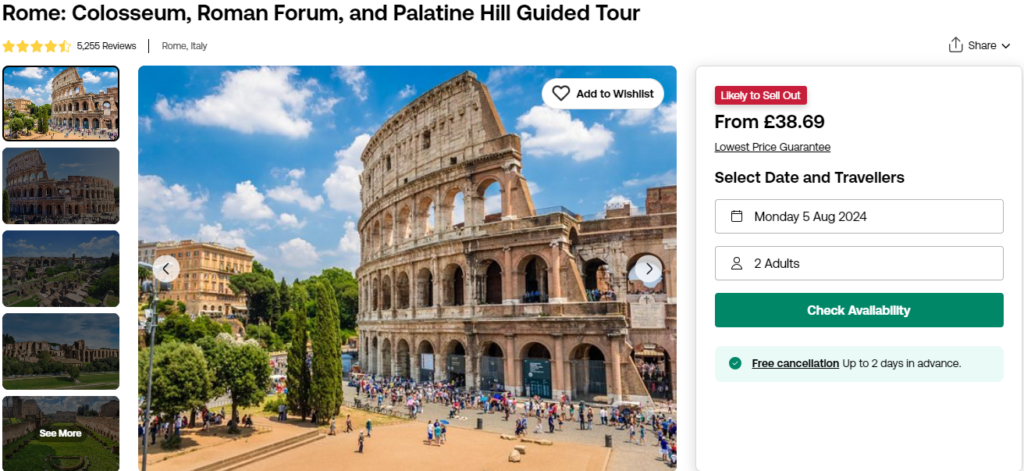Rome, the eternal city, is a destination that seamlessly blends ancient history with modern allure. From the awe-inspiring Colosseum to the spiritual heart of Vatican City, Rome offers an unparalleled journey through time. In this travel blog, we will explore Rome’s iconic landmarks, savor its culinary delights, and immerse ourselves in its vibrant culture. Let’s start with my guide to the Colosseum and Vatican City.
A Guided Trip to the Colosseum, Roman Forum, and Palatine Hill
The Colosseum: A Gladiator’s Arena
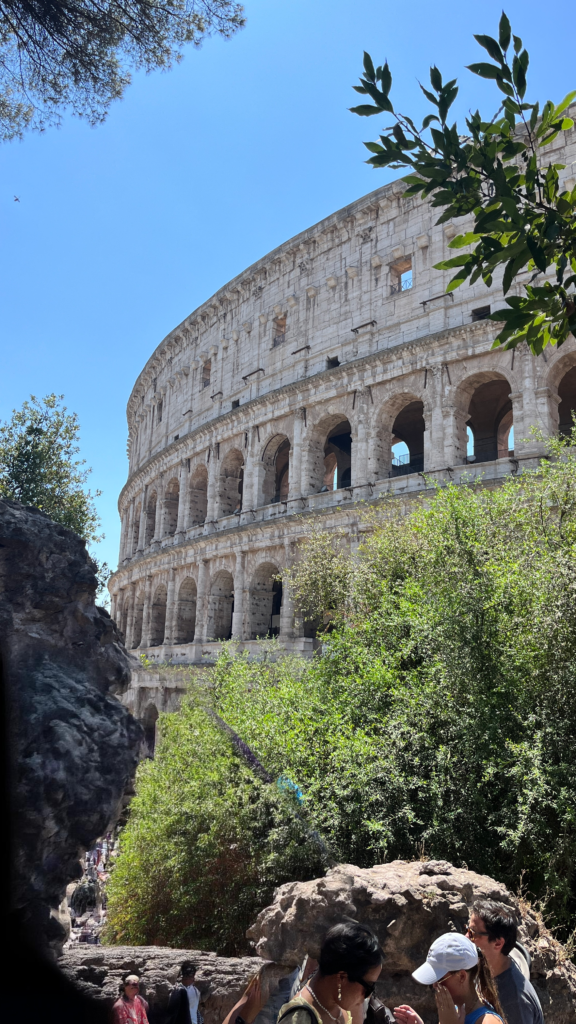
No visit to Rome is complete without stepping into the grandeur of the Colosseum. This ancient amphitheater, once the stage for gladiatorial battles and epic spectacles, remains one of the most impressive remnants of the Roman Empire. Opting for a guided tour of the Colosseum, especially one that includes the arena floor, enhances the experience tenfold.
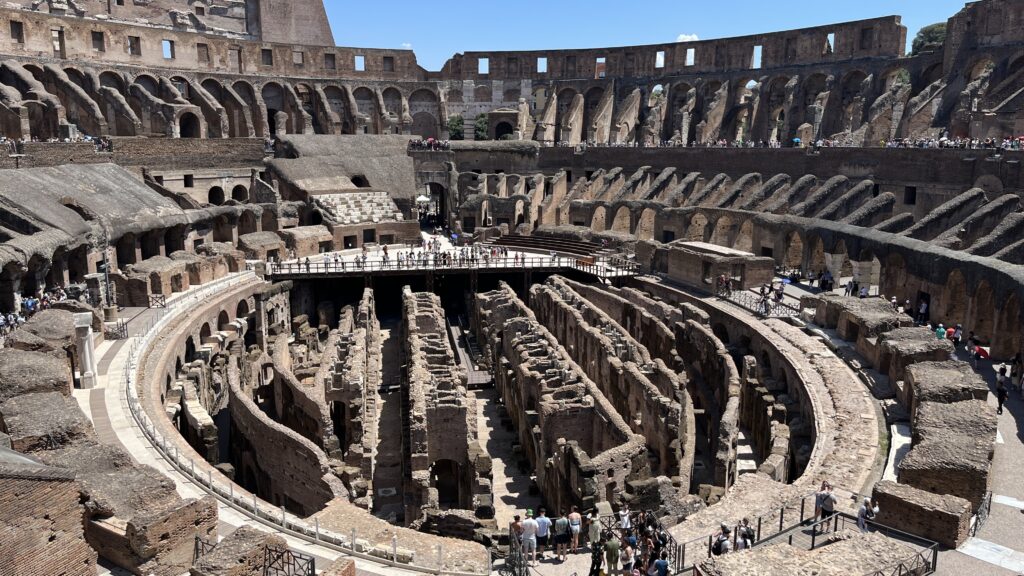
As you enter the Colosseum, your guide will transport you back to the days of ancient Rome. Standing on the arena floor, you can almost hear the roar of 50,000 spectators as they watched gladiators fight for their lives. The guide will provide fascinating insights into the architecture, the engineering marvels, and the brutal history that unfolded within these walls. You’ll learn about the complex system of pulleys and trapdoors used to create dramatic entrances and exits, adding to the thrill of the games.
The Roman Forum: Heart of Ancient Rome
A short walk from the Colosseum leads you to the Roman Forum, the political, commercial, and religious center of ancient Rome. This sprawling complex of ruins was once the hub of Roman public life. With a knowledgeable guide, the Forum’s scattered remains come to life, revealing the grandeur of its past.
You’ll stroll along the Via Sacra, the main street of ancient Rome, and explore iconic sites such as the Temple of Julius Caesar, where the great leader was cremated, and the Curia, the Senate house. The guide will share tales of political intrigue, historical milestones, and daily life in ancient Rome, painting a vivid picture of this bustling epicenter.
Palatine Hill: The Birthplace of Rome
Rising above the Forum, Palatine Hill is a must-visit for its historical significance and breathtaking views. According to Roman mythology, this is where Romulus founded Rome in 753 BC. Today, it’s a tranquil archaeological site filled with ancient palaces, gardens, and ruins.
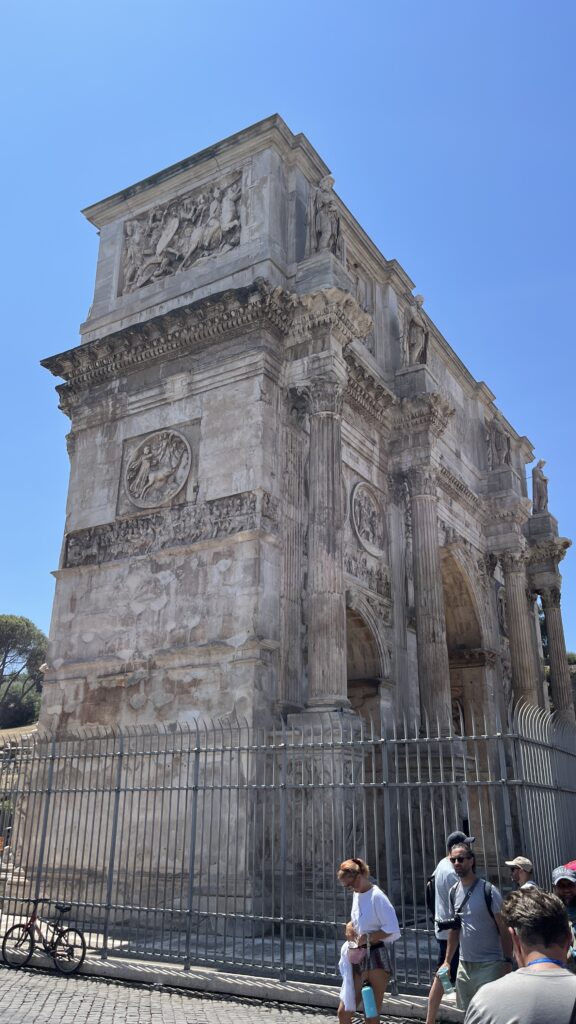
Your guide will lead you through the remains of the Imperial Palaces, where emperors once lived in opulence. The Farnese Gardens, with their manicured terraces and stunning views over the Forum and the Colosseum, offer a serene escape from the bustling city below. As you stand atop Palatine Hill, you’ll feel a deep connection to Rome’s ancient past and the legends that shaped its history.
A Guided Tour of the Vatican Museums, Sistine Chapel, St. Peter’s Basilica, and St. Peter’s Square
The Vatican Museums: A Treasure Trove of Art and History
If you want to experience what the Vatican has to offer, I would strongly encourage you to take a tour which includes ‘skip the line’ tickets. This is real value for money because queues for the Vatican can be very long.
The Vatican Museums house one of the most extensive and awe-inspiring art collections in the world. A guided tour is essential to fully appreciate the wealth of masterpieces on display. The tour I took was 3 hours long and barely touched all of the museums, my guide said that 3 days were needed if you want to see everything. The tour typically begins with the Pio-Clementine Museum, home to classical sculptures like the Laocoön and His Sons and the Apollo Belvedere.
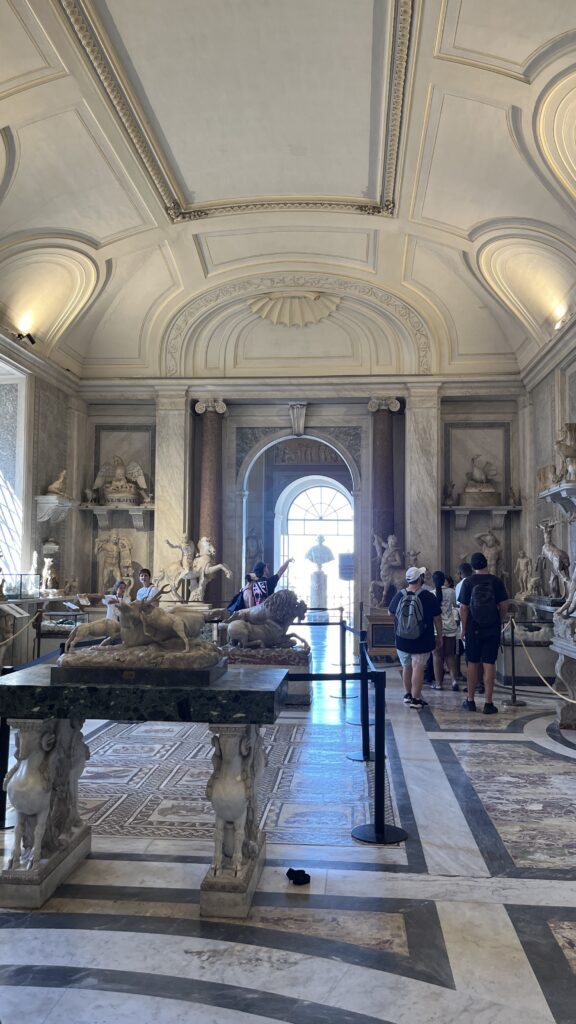
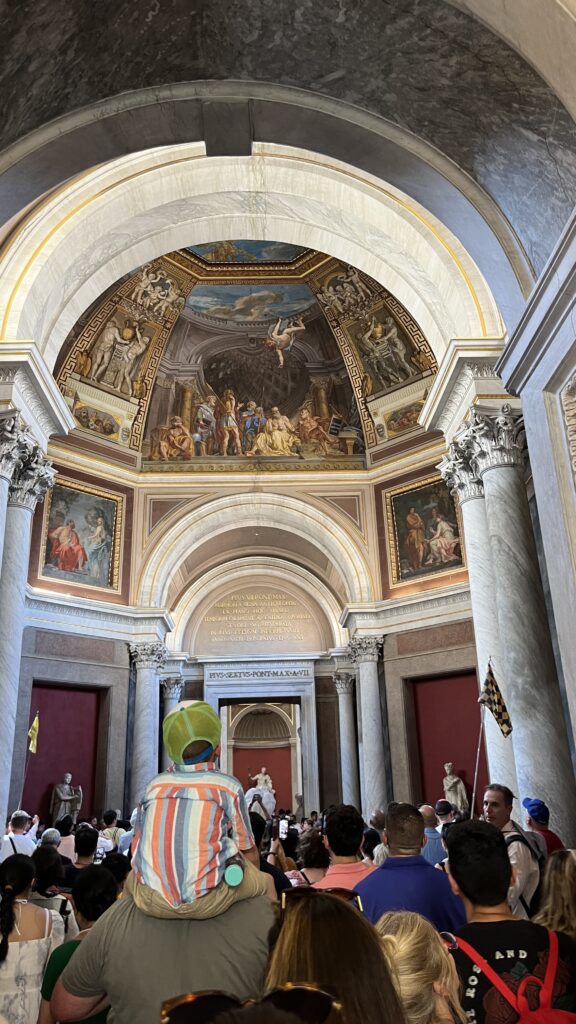
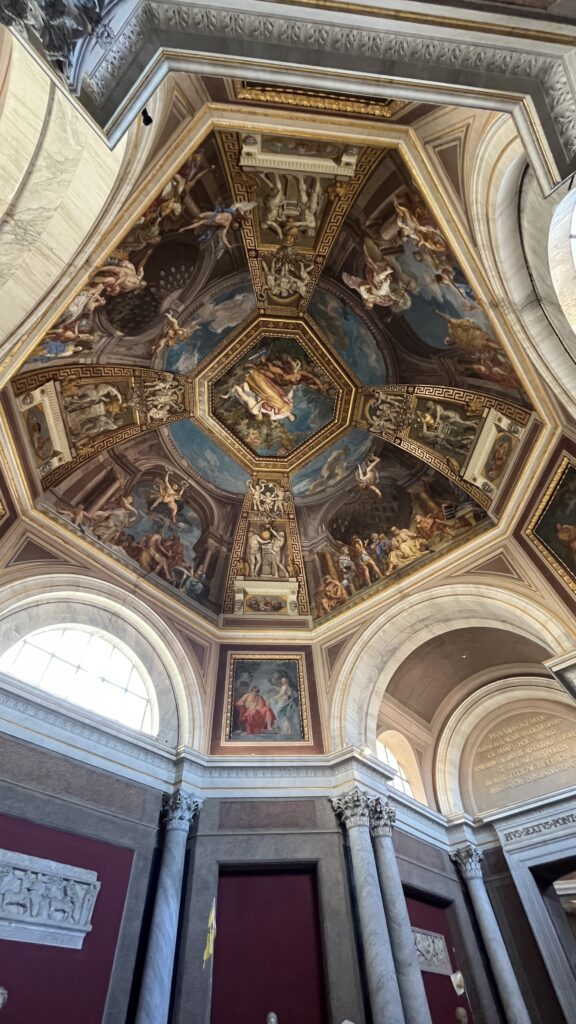
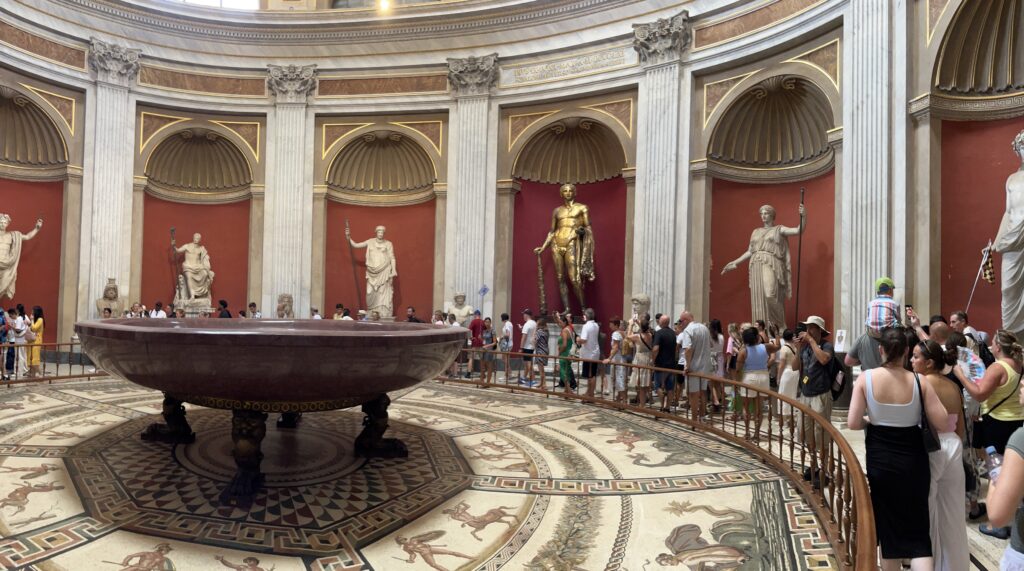
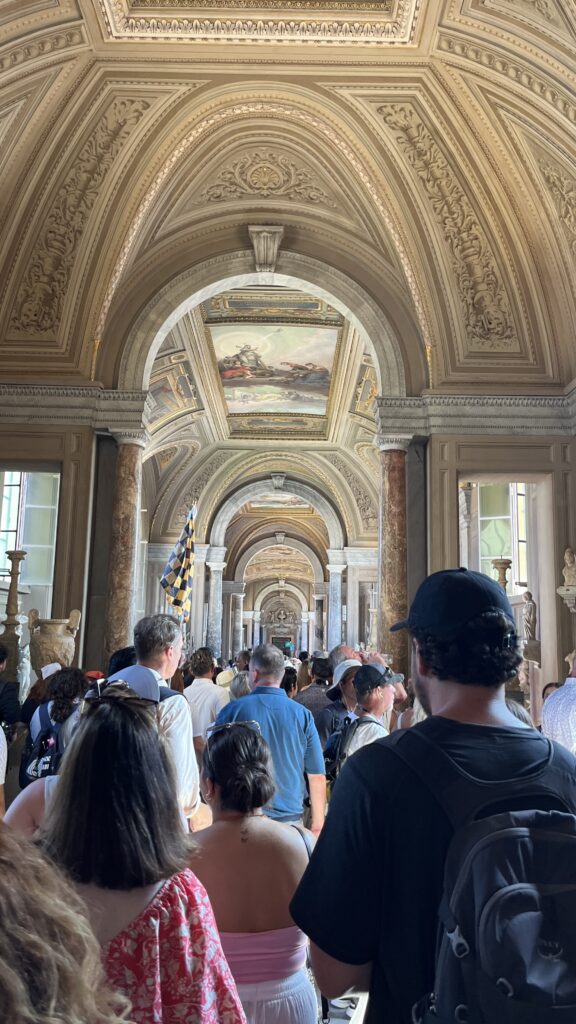
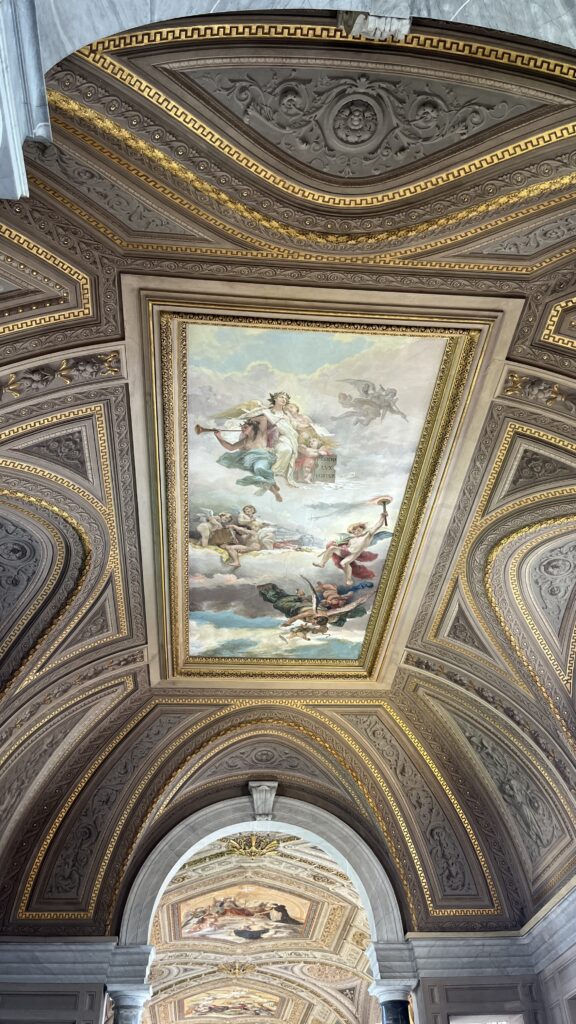
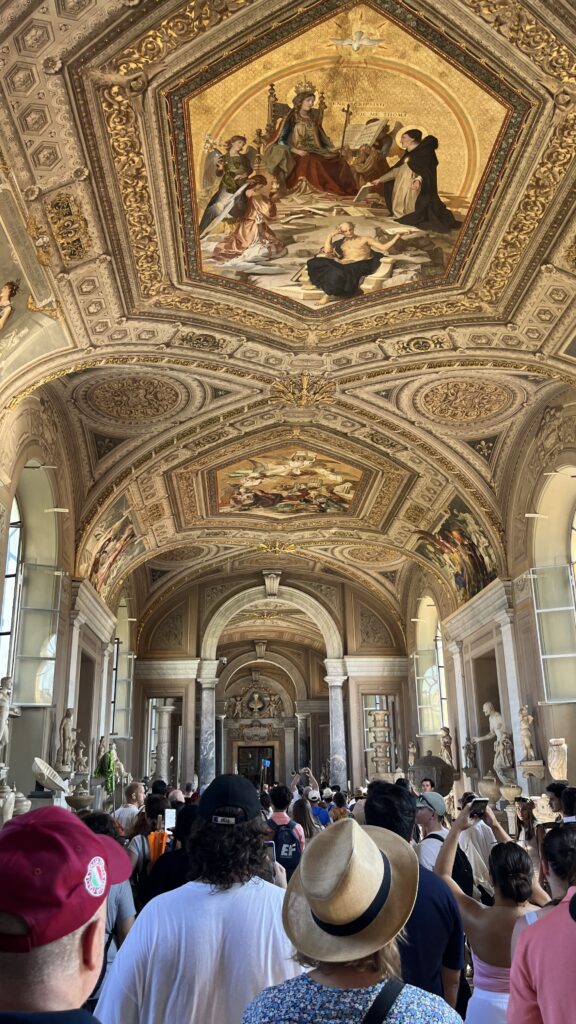
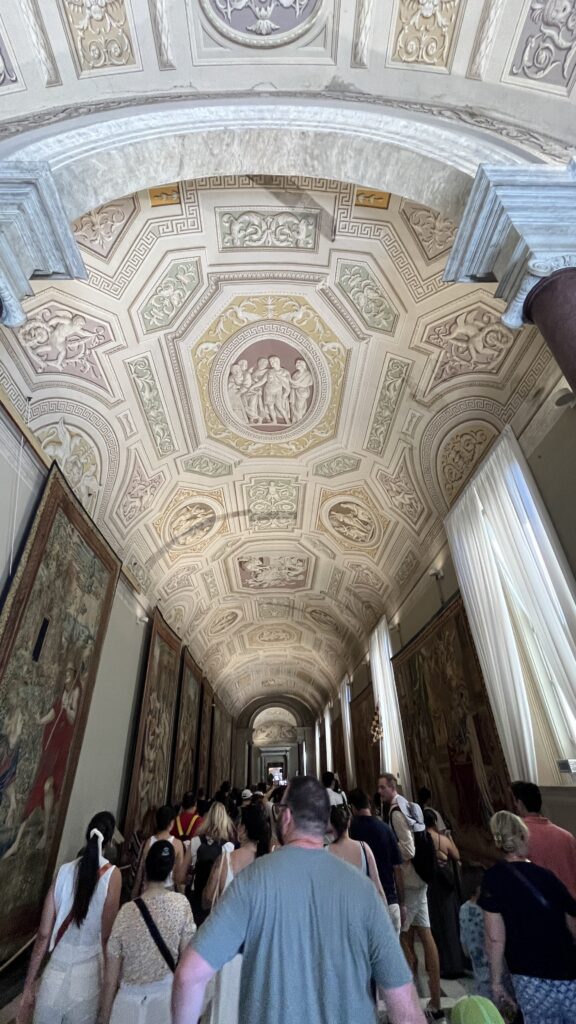
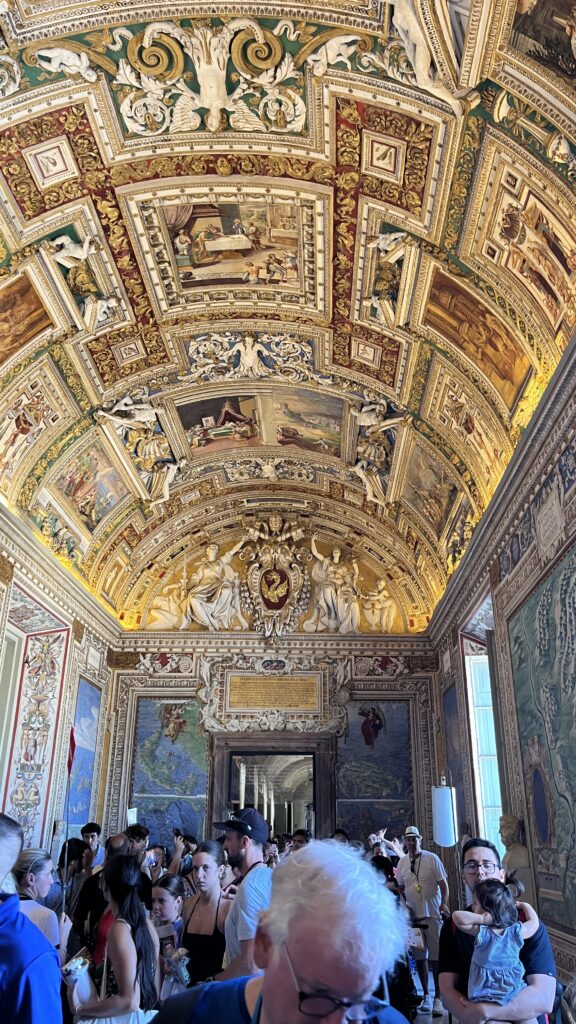
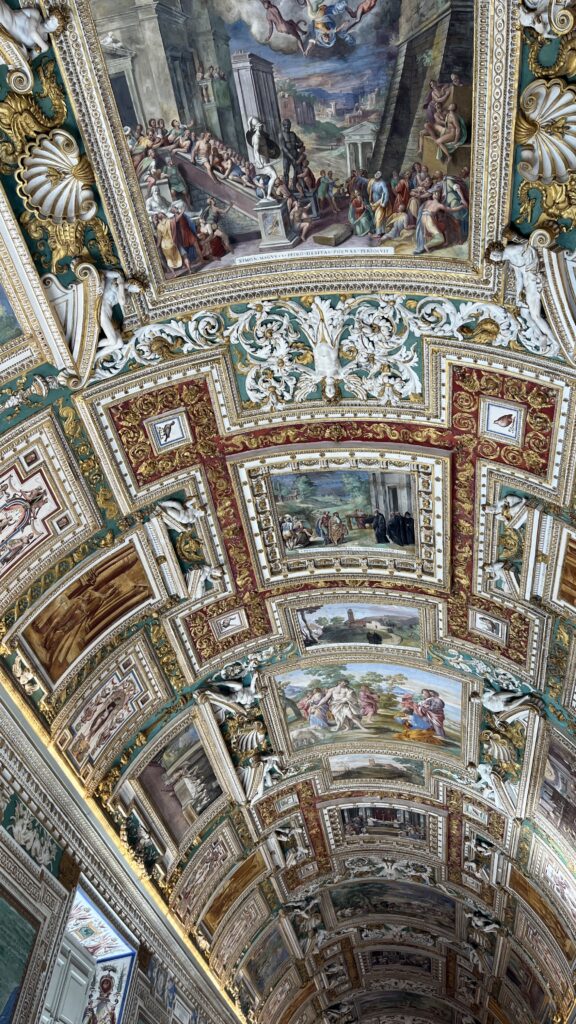
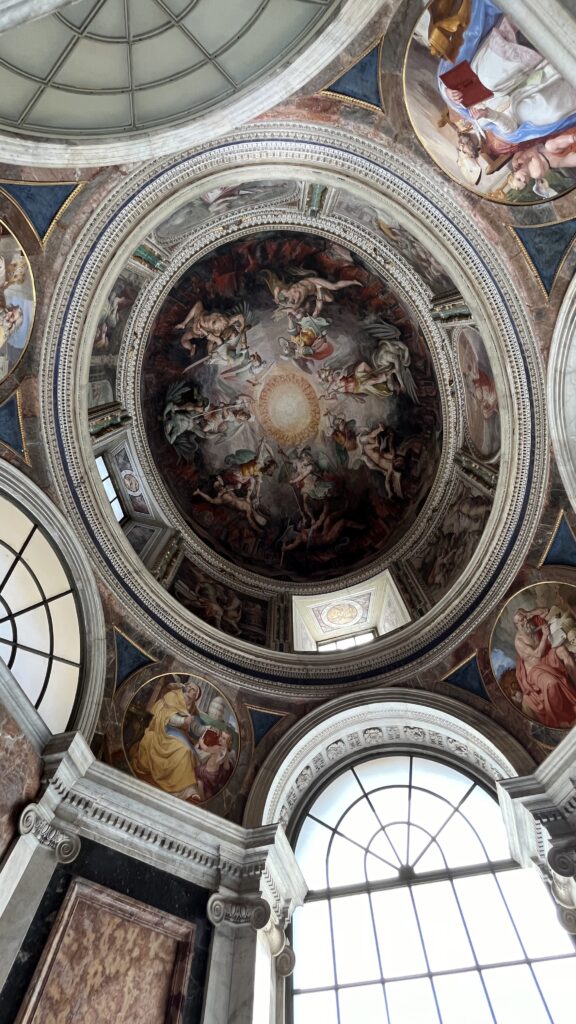
As you move through the museums, your guide will highlight key works in the Raphael Rooms, where the frescoes by Raphael tell stories of philosophy, theology, and the triumph of the Church. You’ll also explore the Gallery of Maps, a stunning corridor adorned with intricately detailed maps of Italy, showcasing the cartographic knowledge of the Renaissance.
The Sistine Chapel: Michelangelo’s Masterpiece
The highlight of any visit to the Vatican Museums is the Sistine Chapel. As you step into this sacred space, your eyes are immediately drawn to Michelangelo’s breathtaking ceiling frescoes. A guided tour provides invaluable context to the scenes depicted, from the Creation of Adam to the Last Judgment.
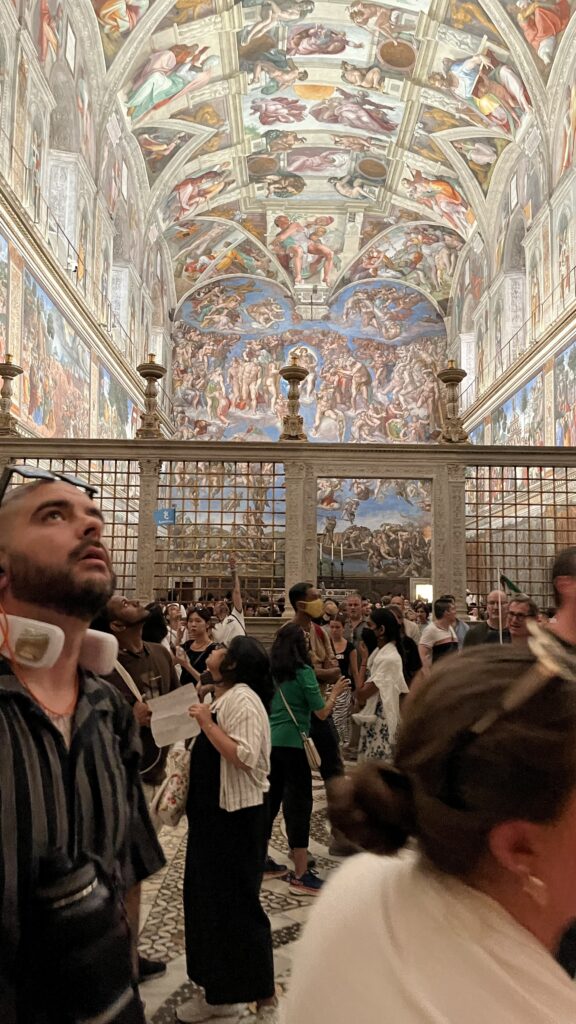
Your guide will explain the artistic techniques Michelangelo employed and the immense challenges he faced during the painting process. The Sistine Chapel is not only a testament to Michelangelo’s genius but also a spiritual and cultural landmark that continues to inspire awe.
St. Peter’s Basilica: The Pinnacle of Renaissance Architecture
Leaving the Sistine Chapel, you’ll enter St. Peter’s Basilica, the largest church in the world and a masterpiece of Renaissance architecture. A guided tour of this monumental basilica reveals its rich history and artistic treasures.
You’ll stand beneath Michelangelo’s magnificent dome, an engineering marvel that dominates Rome’s skyline. Inside, you’ll encounter masterpieces such as Bernini’s Baldacchino, a colossal bronze canopy over the high altar, and Michelangelo’s Pietà, a poignant sculpture of Mary cradling the dead Christ. Your guide will also take you to the crypt, where many popes are buried, including St. Peter, the first pope.
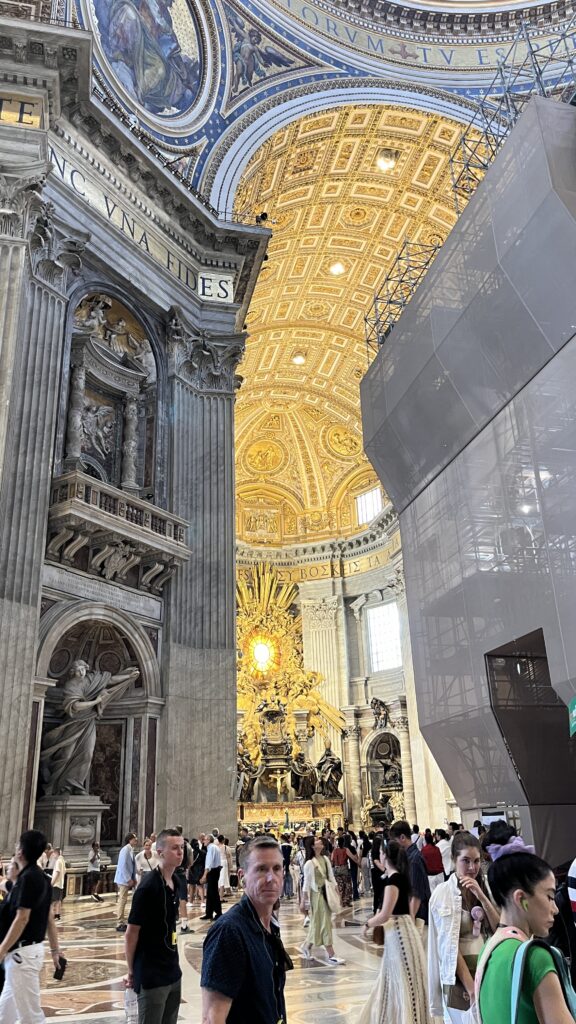

St. Peter’s Square: A Symbol of Christian Unity
Concluding your Vatican tour, you’ll step into St. Peter’s Square, designed by Bernini to accommodate vast crowds of pilgrims. The grandeur of the square, with its massive colonnades and central obelisk, is truly awe-inspiring. Your guide will share the history of this iconic space and its significance in the Catholic faith
As you stand in the heart of St. Peter’s Square, surrounded by centuries of history and spirituality, you’ll feel a profound sense of connection to the millions of pilgrims who have journeyed here before you.
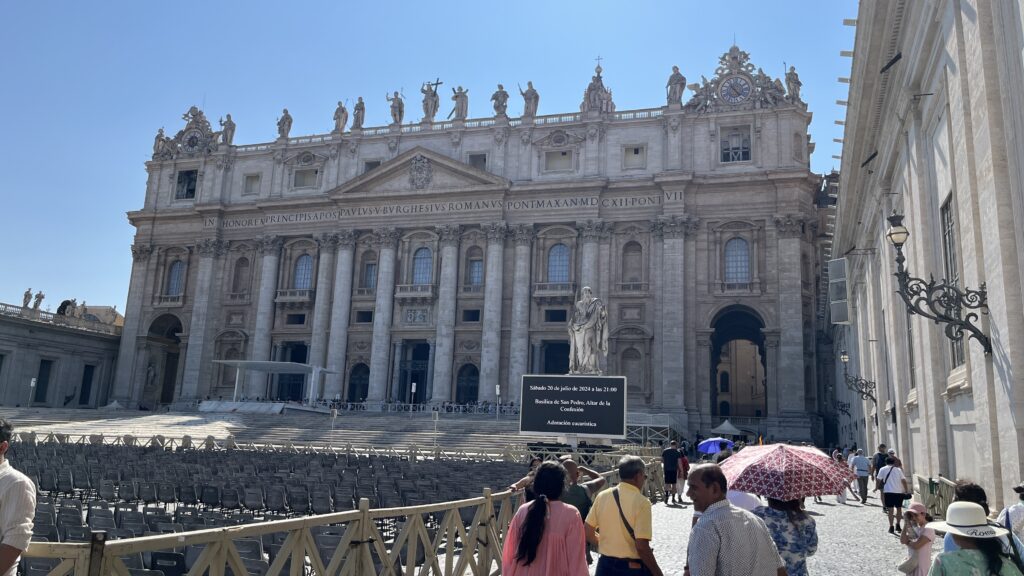
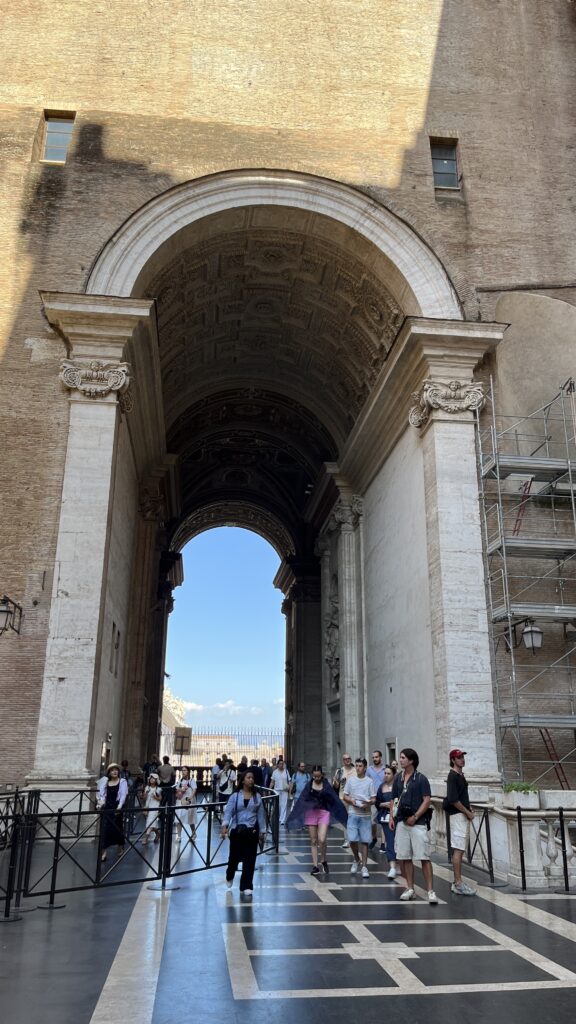
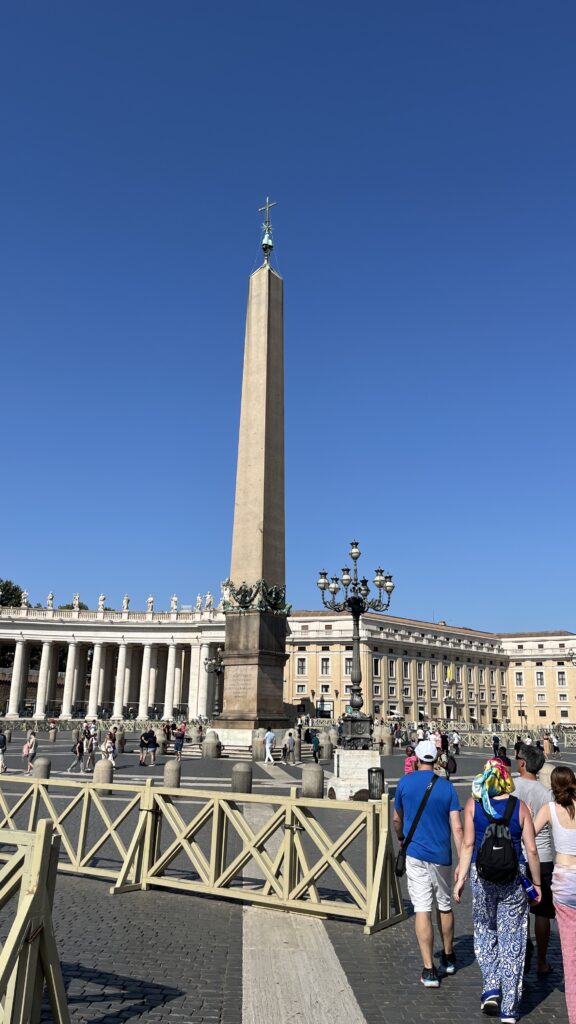
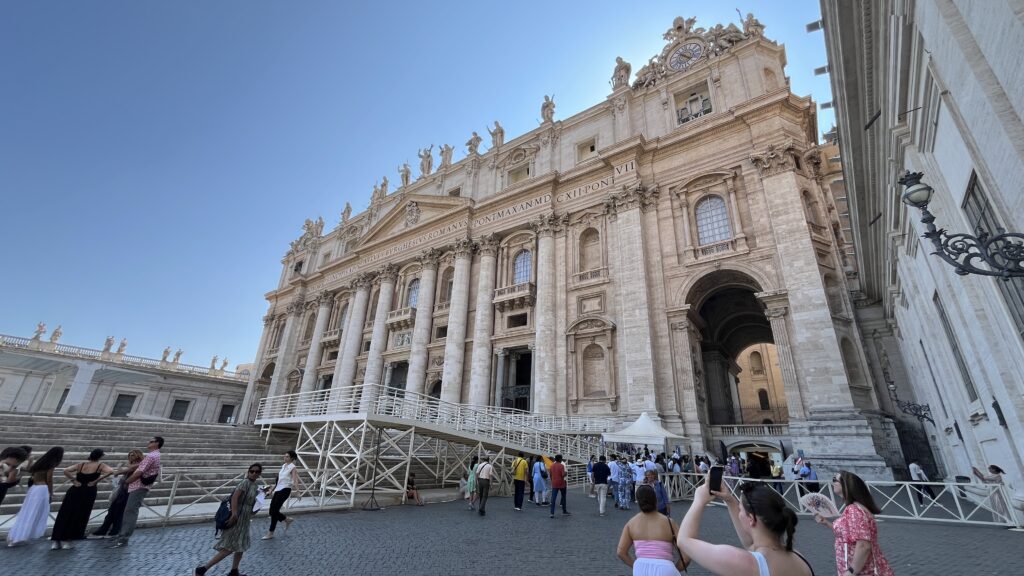
Practical Tips for Visiting Rome
To make the most of your visit to Rome, here are some practical tips to ensure a smooth and enjoyable experience:
- Plan Ahead: Rome’s major attractions can get crowded, especially during peak tourist seasons. Booking tickets and guided tours in advance can help you skip the lines and make the most of your time.
- Comfortable Footwear: Rome’s cobblestone streets and extensive walking paths require comfortable footwear. Be prepared for lots of walking as you explore the city’s historic sites.
- Stay Hydrated: The Roman sun can be intense, especially in the summer months. Carry a refillable water bottle and take advantage of the numerous public drinking fountains (nasoni) scattered throughout the city.
- Respect Local Customs: When visiting religious sites, dress modestly and respectfully. Shoulders and knees should be covered when entering churches and the Vatican.
- Use Public Transport: Rome’s public transportation system, including buses, trams, and the metro, is efficient and convenient. Consider purchasing a Roma Pass for unlimited travel on public transport and discounted entry to various attractions.
If you are going to visit these iconic attractions, I would recommend booking a guided tour. You will learn so much more and critically skip the queues you would otherwise be standing in. For my trips, we used Viator but there are many others available. If it helps, the links to the two tours covered in this blog are:
